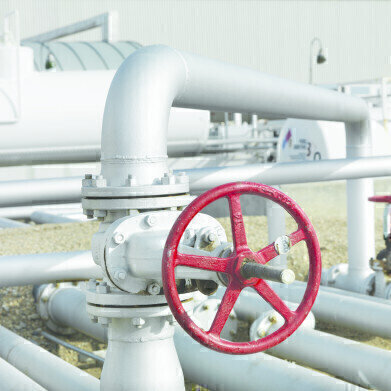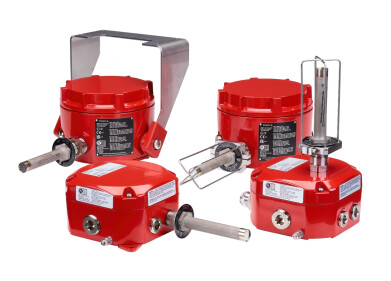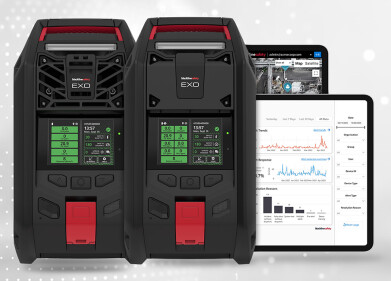Safety
ASTM D7094 - A Simple Introduction
Apr 28 2014
The ASTM D7094 is a revolutionary new way of ensuring safety and accuracy in laboratory flash point experiments. A flash point is the lowest temperature at which a liquid produces a gas that can be ignited by an external flame. As such, the flash point is one method of determining the flammability or combustibility of a material, which is especially important when considering conditions for storing, transporting and using different materials.
Up until now, only outdated methods of flash point testing had been used. For example, the ASTM D56 (or TAG method) and the D93 (or Pensky-Martens method) were both developed over a century ago, and until now, they had not been updated thoroughly. Because of this, they were often deemed inaccurate and even slightly dangerous, since they dealt with samples of 70-75ml in volume, which, in the case of accident, could have disastrous consequences.
How does the ASTM D7094 Differ?
The ASTM D7094 technique uses a far smaller volume of liquid to determine its flash point. Instead of 70-75ml, a mere 2ml is now used in a 7ml cup. This means that even in the case of accident, such as using the wrong type of liquid, the small amount of liquid and the relatively small amount of oxygen eliminates the risk of laboratory fires.
Previously, methods had involved either a closed-cup or open-cup in determining the flash point. This allowed for inaccuracy and risk. Now, the ASTM D7094 only works with continuously closed-cup flash points (CCCFPs) which make for a much safer and more reliable environment. Furthermore, because of the use of smaller amount of liquid, the ASTM D7094 is more economical with both resources and time, producing results more quickly.
When is the ASTM D7094 Applicable?
As of December 2013, the ASTM D7094 was officially accepted as a formal standard for fuel oils (D396), diesel fuel oils (D975), kerosene (D3699) and gas turbine fuel oils (D2880). This is used most notably in shipping and transporting the aforementioned materials.
It is a suitable method of testing materials which have a flash point between 35 and 225ºC. Though it is possible to perform flash point tests using this method on materials outwith this range, the accuracy of such tests has not yet been fully verified. It uses only a continuously closed-cup tester method with a sample size of 2ml, in a cup of 7ml, and a rate of heat of 2.5ºC per minute.
There are tests available using an even lower sample size and cup size and a greater heating rate. These must be conducted according to the standard D6450.
ASTM D7094 Versus its Alternatives
As mentioned above, there were two main alternative methods to the ASTM D7094, and since then, several others have also been developed. For a full description on how these methods differ and how they have evolved over the years, please read this article.
The ASTM D7094 not only delivers more accurate results in a safer atmosphere, it also is the most economic and time-efficient method of determining flash points in oils, lube oils, fuels, solvents and other liquids.
Digital Edition
PIN 25.5 Oct/Nov 2024
November 2024
Analytical Instrumentation - Picturing Viscosity – How Can a Viscometer or a Rheometer Benefit You? - Sustainable Grease Formulations: Evaluating Key Performance Parameters and Testing Method...
View all digital editions
Events
Nov 26 2024 Paris, France
Nov 26 2024 Amsterdam, Netherlands
Nov 27 2024 Istanbul, Turkey
Biogas Convention & Trade Fair 2024
Nov 27 2024 Hanover, Germany
Dec 03 2024 Dusseldorf, Germany



















